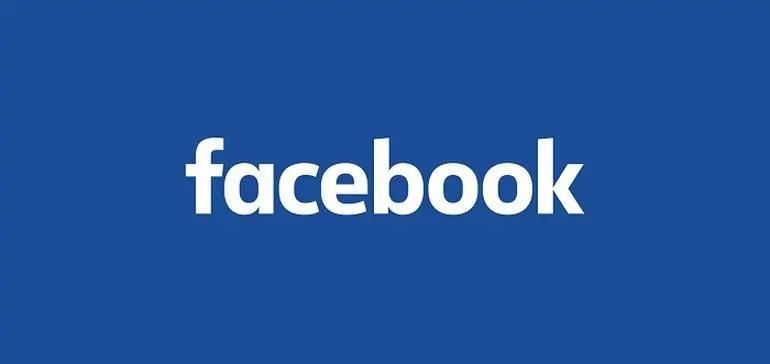Mobile App Development, SEO, Social Media, Uncategorized, Web Development, Website Design
Facebook Implements More Automated Ad Targeting to Counter Data Lost via Apple’s ATT Update
- By Brett Belau
15 Sep

With the impacts of Apple’s new app tracking update still rippling through the digital advertising sector, Facebook is working to counter the data loss impacts wherever it can, in order to ensure that its ad products continue to generate strong results, despite having less audience insight to go on.
The full impacts of the ATT update are still evolving, so we don’t know what it will mean for audience reach and targeting accuracy overall, but many media buyers are now moving towards more automated audience targeting options, with Facebook and Google also pushing marketers towards their machine learning tools to help maximize response based on estimations and predictions.
Which is where Facebook is heading with this shift – as part of its latest API update, Facebook has included this note:
“To help advertisers find additional opportunities that weren’t originally available to them, when advertisers leverage Detailed Targeting and optimize for conversions, value or app events using the conversions objective they will be automatically included into Targeting Expansion.”
Targeting Expansion enables Facebook’s ad algorithms to show your ads to a broader potential audience than those who fit your specific ad targeting selections.
“You can use this option when you want us to show your ad to additional people who we think would get you more and/or cheaper results. Our system implements targeting expansion when it determines that doing so could improve performance.”
So Facebook’s system may detect that your ads would see better response if they were shown to more users outside the scope of your targeting, and it will then show your ads based on its own estimations, even if those people don’t fit the groupings that you’ve explicitly selected.
There are some important provisos to this – most notably that Targeting Expansion doesn’t apply to location, age or gender targeting options. So if you want to reach women aged 25-30 in Delaware, you’re ads will still only be shown to that subset. But within that, if there are additional people who Facebook thinks your ads might be valuable to, outside of other interests or qualifiers that you’ve selected, it may automatically push beyond your parameters in display.
Is that a good thing?
Well, it depends. Some ad buyers and marketers would have very specific subsets that they want to target, and they may get value from having the capacity to keep their ads honed in on specific interests – and they might not get the value that Facebook projects from expanding their audience. But other times, putting your trust in Facebook’s automation could deliver much better results – and as noted, with less data to work with, Facebook’s working to improve its system understanding to show ads to the right users, even without the full insight it’s had access to previously.
Basically, Facebook’s ad targeting systems are getting much smarter, but they won’t be foolproof either. You would assume, given that Facebook’s now making this the default, that it will deliver better results for most brands, but it could end up impacting smaller businesses, specifically, by disallowing them from keeping their targeting aligned to their chosen interests.
In any event, it’s already in place – Targeting Expansion will now be added by default to most conversion-based campaigns, and in many cases, you won’t be able to opt-out. You will, however, be able to exclude certain audiences from the option within Ads Manager if you’re looking to maintain specific control over your reach.
You can read more about Targeting Expansion here.
Source: www.socialmediatoday.com, originally published on 2021-09-15 20:23:08
Connect with B2 Web Studios
Get B2 news, tips and the latest trends on web, mobile and digital marketing
- Appleton/Green Bay (HQ): (920) 358-0305
- Las Vegas, NV (Satellite): (702) 659-7809
- Email Us: [email protected]

© Copyright 2002 – 2022 B2 Web Studios, a division of B2 Computing LLC. All rights reserved. All logos trademarks of their respective owners. Privacy Policy

![How to Successfully Use Social Media: A Small Business Guide for Beginners [Infographic]](https://b2webstudios.com/storage/2023/02/How-to-Successfully-Use-Social-Media-A-Small-Business-Guide-85x70.jpg)



![How to Successfully Use Social Media: A Small Business Guide for Beginners [Infographic]](https://b2webstudios.com/storage/2023/02/How-to-Successfully-Use-Social-Media-A-Small-Business-Guide-300x169.jpg)


Recent Comments